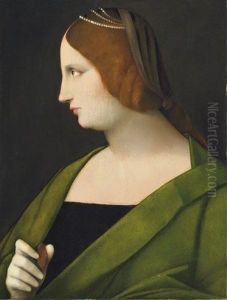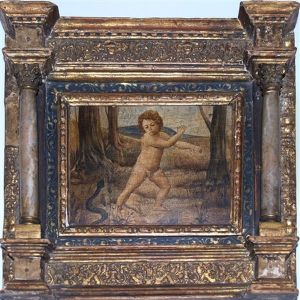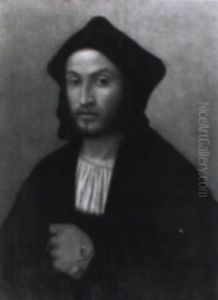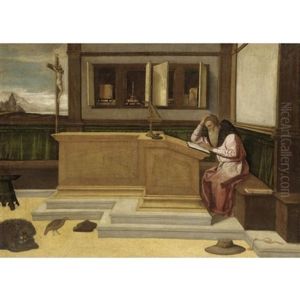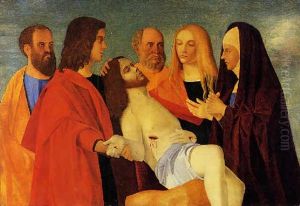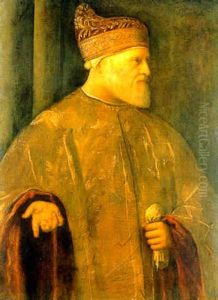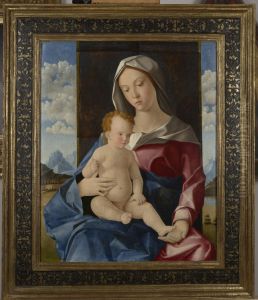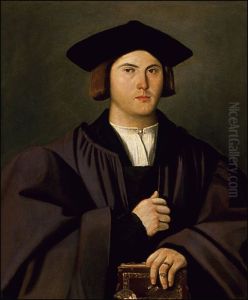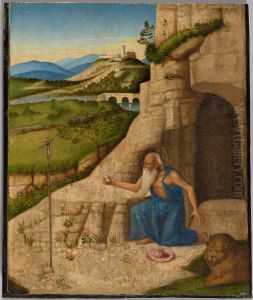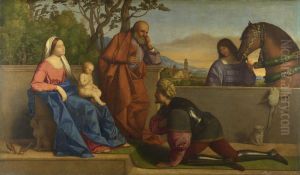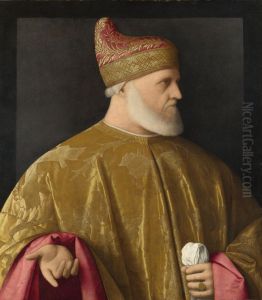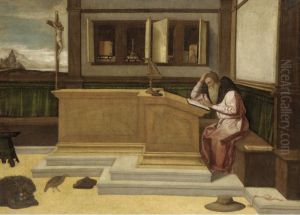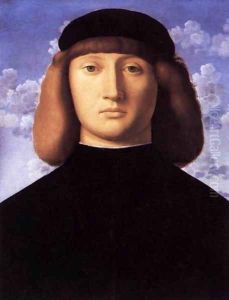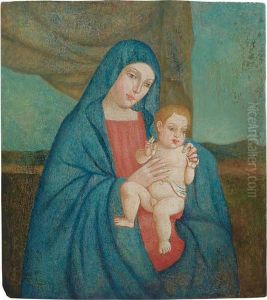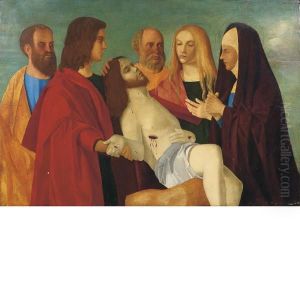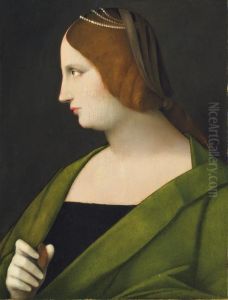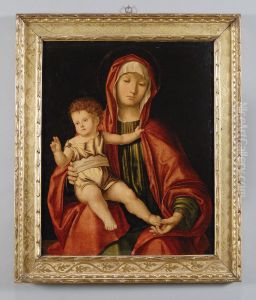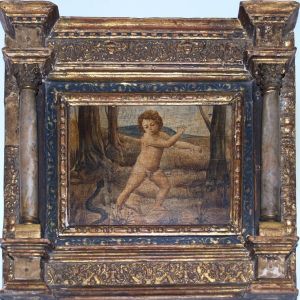Vincenzo di Biagio Catena Paintings
Vincenzo di Biagio, known as Vincenzo Catena, was an Italian painter of the Renaissance period, active mainly in his hometown of Venice. His exact date of birth is not known, but he is thought to have been born between 1470 and 1480. There is little information available about his early life and training, but it is believed that he was a pupil of Giovanni Bellini, one of the greatest Venetian artists of the time, and he may have also worked in the workshop of Giorgione, another prominent figure of the Venetian Renaissance.
Catena began his career as a painter in the early 16th century, and his style was greatly influenced by his Venetian predecessors, incorporating the rich color palette and attention to detail that Venice was known for. His works often depicted religious subjects, but he also painted portraits and mythological scenes. Catena's paintings are characterized by their serene and harmonious compositions, and he was known for his ability to render figures with a sense of dignity and grace.
Although not as well-known as some of his contemporaries, Catena was respected in his time and received numerous commissions from patrons in Venice and beyond. Some of his notable works include 'The Resurrection of Christ', 'Saint Jerome in his Study', and 'The Supper at Emmaus'. He was also known for his portraits, which include the 'Portrait of Doge Andrea Gritti' and the 'Portrait of a Young Man'.
Vincenzo Catena's work reflects the transition between the early Renaissance and the High Renaissance in Venice. While his early work shows a strong influence of Bellini and Giorgione, his later pieces demonstrate an awareness of the developments brought by Titian, another giant of Venetian painting.
Catena's legacy is that of a competent and versatile artist who contributed to the richness of the Venetian Renaissance, though he often remains overshadowed by the more famous names of the era. He continued to paint until his death in 1531, leaving behind a body of work that continues to be appreciated for its quiet elegance and refined execution.





